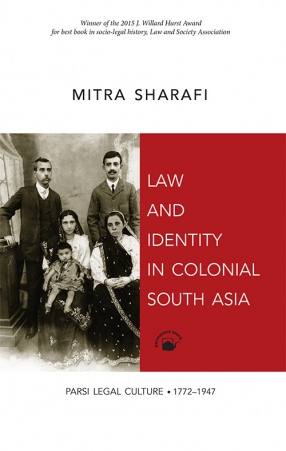
Permanent Black

259 books
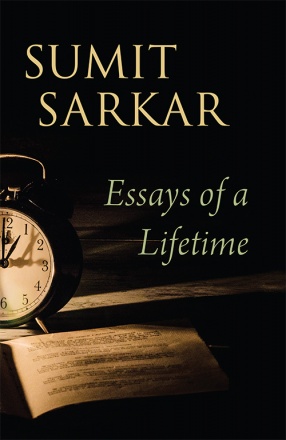
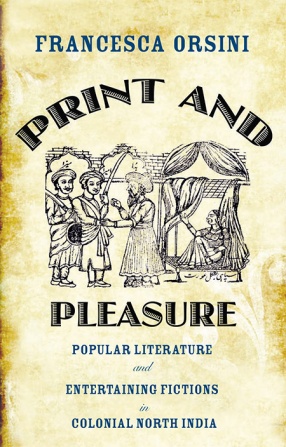
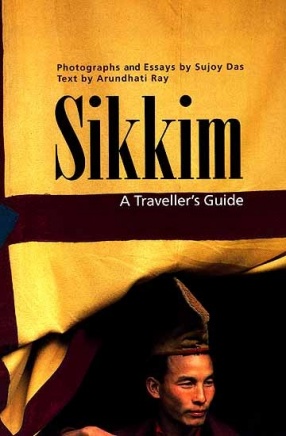

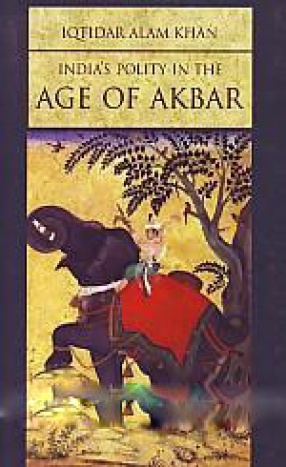

This book explores the legal culture of the Parsis, or Zoroastrians, an ethnoreligious community unusually invested in the colonial legal system of British India and Burma. Rather than trying to maintain collective autonomy and integrity by avoiding interaction with the state, the Parsis sank deep into the colonial legal system itself. From the late eighteenth century until India’s independence in 1947, they became heavy users of colonial law, acting as ...

For the past forty years or more, the most influential, respected, and popular scholar of modern Indian history has been Sumit Sarkar. When his first monograph, The Swadeshi Movement in Bengal 1903–1908, appeared in 1973 it soon became obvious that the book represented a paradigm shift within its genre. As one eminent historian put it when the work was republished in 2010: “Very few monographs, if any, have ever rivalled the meticulous research and ...
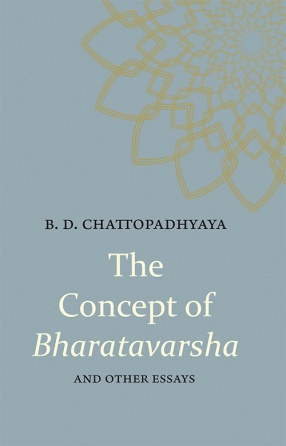
This collection explores what may be called the idea of India in ancient times. Its undeclared objective is to identify key concepts which show early Indian civilization as distinct and differently oriented from other formations.
The essays focus on ancient Indian texts within a variety of genres. They identify certain key terms – such as Janapada, Desa, Varna, Dharma, Bhava – in their empirical contexts to suggest that neither the ideas embedded in ...
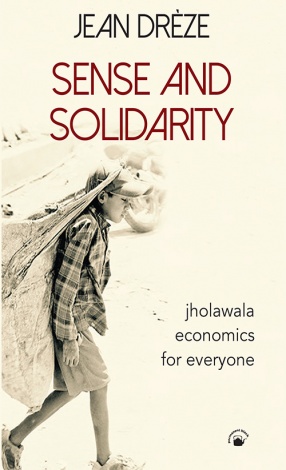
Jean Drèze has a rare and distinctive understanding of the Indian economy and its relationship with the social life of ordinary people. He has travelled widely in rural India and done fieldwork of a kind that few economists have attempted. This has enabled him to make invaluable contributions not only to public debates on economic and social policy but also to our knowledge of the actual state of the country.
Drèze’s insights on India’s ...
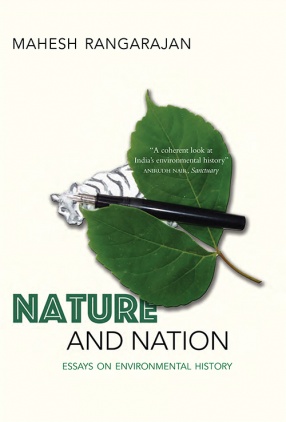
Writing India’s environmental history is not easy. The country’s territorial vastness, geographical complexity, and unusual biodiversity make the task difficult. Relatively few scholars have shown the historical range and intellectual depth required to tackle the area compellingly and with sophistication.
Mahesh Rangarajan is among the foremost scholars in this field. The papers and books he has written or edited over more than two decades have helped ...

Print and Pleasure tells the story behind the boom in commercial publishing in nineteenth-century North India.
How did the new technology of printing and the enterprise of Indian publishers make the book a familiar object and a necessary part of people’s leisure in a largely illiterate society? What genres became popular in print? Who read them and how were they read?
Our perception of North Indian culture in this period has been dominated by the notion of ...
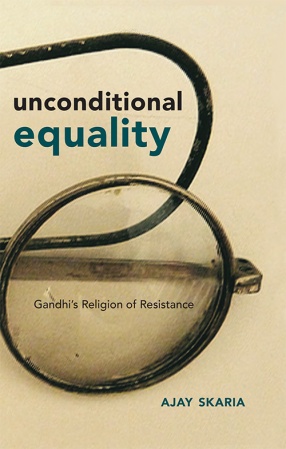
Unconditional Equality examines Mahatma Gandhi’s critique of liberal ideas of freedom and equality, and his own practice of a freedom and equality organized around religion.
Sometimes working against the grain of Gandhi’s explicit formulations, Unconditional Equality reconceives satyagraha (passive resistance) as a politics that strives for the absolute equality of all beings. Liberal traditions usually affirm an abstract equality. But for Gandhi such ...
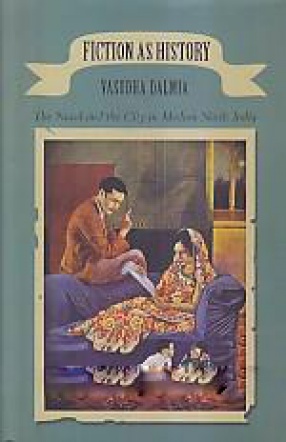
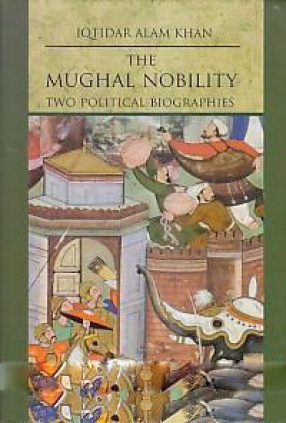
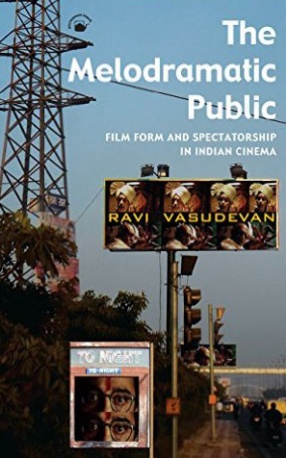
What role has Indian cinema played in the history of Indian cultural and political transformations? How have Indian films addressed notions of nationhood, ideas about nation and region, matters of social difference, and conflicts over caste and religion? What cultural visions can be traced through the history of Indian cinema, and how have their co-ordinates changed? What new vistas have emerged of national territory, new lifestyles, and urban cultures as India ...
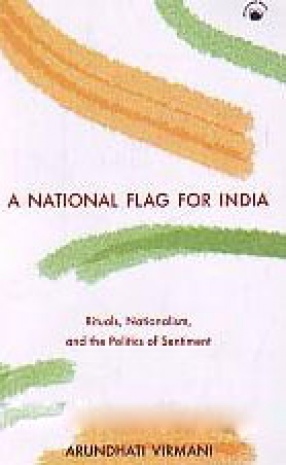
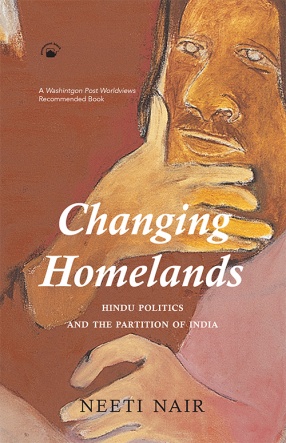
Changing Homelands offers a startling new perspective on what was and was not politically possible in late colonial India. In this highly readable account of Partition in Punjab, Neeti Nair rejects the idea that essential differences between the Hindu and Muslim communities made political settlement impossible. Far from being an inevitable solution, the idea of Partition came as a very late and stunning surprise to the majority of Hindus in the region.
In tracing ...
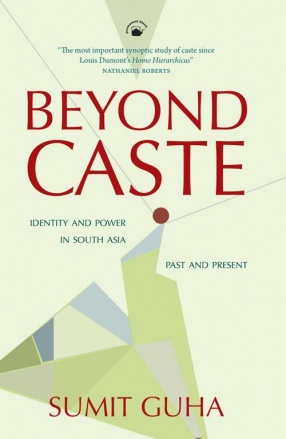
“Caste” is today almost universally perceived as an ancient and unchanging Hindu institution preserved solely by deep-seated religious ideology. Yet the word itself is an importation from sixteenth-century Europe.
This book tracks the long history of the practices amalgamated under this label and shows their connection to changing patterns of social and political power down to the present. It frames caste as an involuted and complex form of ethnicity ...

On the eastern border of India, sandwiched between Bhutan and Nepal and on the route to Tibet, lies one of the last wonderlands of myth and legend. This is the world over which towers Kangchendzonga-probably the most spectacular of Himalayan peaks Tropical orchids and alpine snow leopards inhabit this region. The hum of Buddhist prayer wheels, tribal gongs, Hindu chants and church bells harmonise to produce a wonderfully hybrid culture.
Sikkim has always lured ...
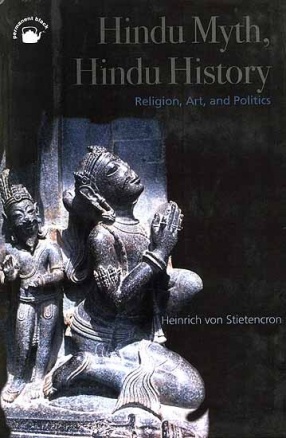
Heinrich von Stietencron has been Professor of Indology and Comparative History of Religion (173-98) at the University of Tuebingen. He has written widely (mostly in German), on the epics and the Puranas, on temple symbolism and iconography, and on religious practice and social structure. He has devoted many years to field research in Orissa, documenting the many temples and studying the manuscript traditions of the region. He is chief editor of the annotated ...

The Ganapati utsava, a major festival of western India dedicated to the elephant-headed god, raises compelling questions about the interplay of religion, spectacle and cultural politics. In a book that spans a century of epochal history, Raminder Kaur considers how the public festival has been interwoven with everyday lives as well as the making of the modern Indian nation.
The festival was mobilised as a potential vehicle for political critique in the 1890s, ...
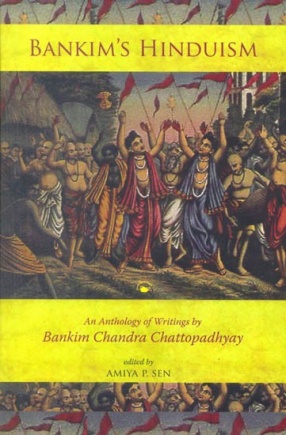
The great novelist and thinker Bankim Chandra Chattopadhyay (1838-94), associated with his famous hymn ‘Vande Mataram’, is sometimes seen as mainly a creator of Hindu nationalist icons. This is unfortunate, for Bankim was an enormously learned man, a deep and subtle thinker. A relatively unknown side of his work comprises his religious and philosophical thought, in particular his carefully argued ideas on Hinduism.
This ...
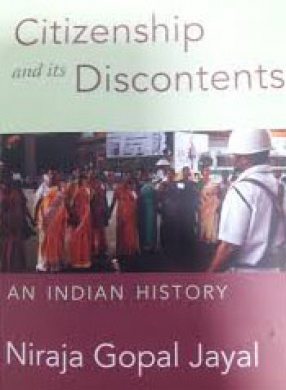
Breaking new ground in scholarship, this is the first history of citizenship in India.
Unlike the mature democracies of the West, India began as a true republic of equals with a complex architecture of citizenship rights that was sensitive to the many hierarchies of Indian society. In this provocative biography of the defining aspiration of modern India, Jayal shows how the progressive civic ideals embodied in the constitution have been challenged by exclusions ...

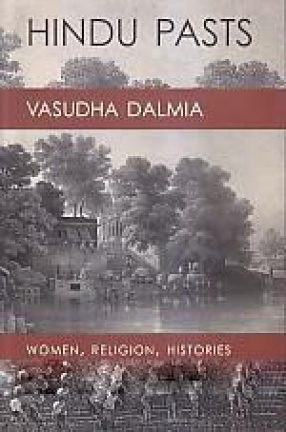
This book studies Hindu religious traditions, sects and histories which came to comprise the Hinduism of the nineteenth century. The essays take up Max Muller's study of the Vedas; the building blocks of colonial knowledge formations, law-making and pedagogy, and the significance of the Banaras Sanskrit College in this; components of the Vaishnava Bhakti tradition; early vernacular novels that contributed to development of the modern Hindi novel and the history ...
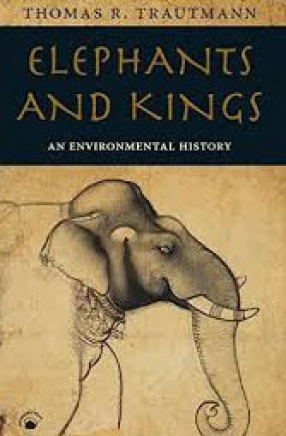
Because of their size, elephants have long been irresistible for kings as symbols of eminence. In early civilizations-such as Egypt, Mesopotamia, the Indus civilization, and China-elephants were used for royal sacrifice, spectacular hunts, public displays, and their ivory-all aspects driving them toward extinction. The kings of India, however, Thomas Trautmann shows, found a use for elephants that actually helped preserve their habitat and numbers in the wild: ...
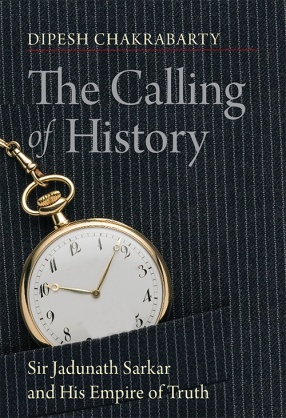
A leading scholar in early-twentieth-century India, Sir Jadunath Sarkar (1870-1958) was knighted in 1929 and became the first Indian historian to gain honorary membership in the American Historical Association. By the end of his lifetime, however, he had been marginalized by the Indian history establishment, as postcolonial historians embraced alternative approaches in the name of democracy and anti-colonialism. The Calling of History examines Sarkar’s ...
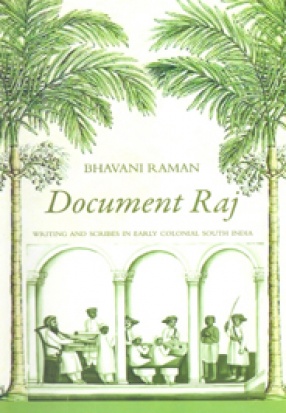
Historians of British colonial rule in India have noted both the place of military might and the imposition of new cultural categories in the making of empire. Bhavani Raman uncovers a lesser-known story of power: the power of bureaucracy.
Drawing on extensive archival research in the flies of the East India Company's administrative offices in Madras, she tells the story of a bureaucracy gone awry in a fever of documentation practices that grew ever more ...
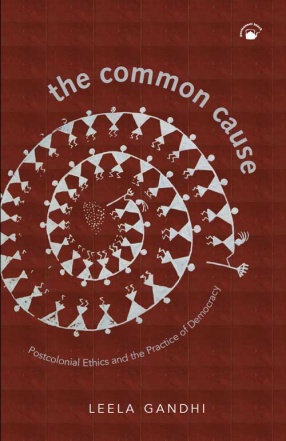
Europeans and Americans tend to hold the opinion that democracy is a uniquely Western inheritance. In The Common Cause Leela Gandhi recovers stories of an alternative version. Using ethics as a lens, she describes a transnational history of democracy in the first half of the twentieth century.
She identifies a shared culture of perfectionism across imperialism, fascism, and liberalism - an ethic that excluded the ordinary and unexceptional. But she also ...
